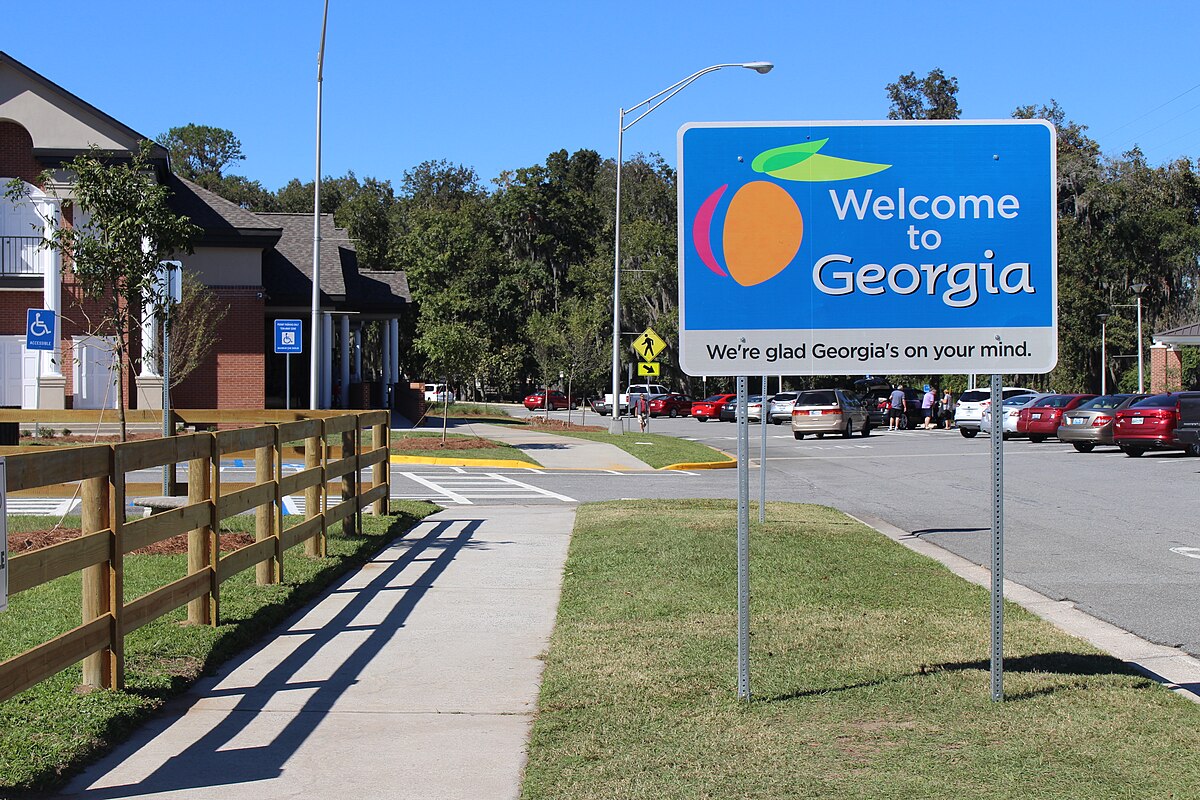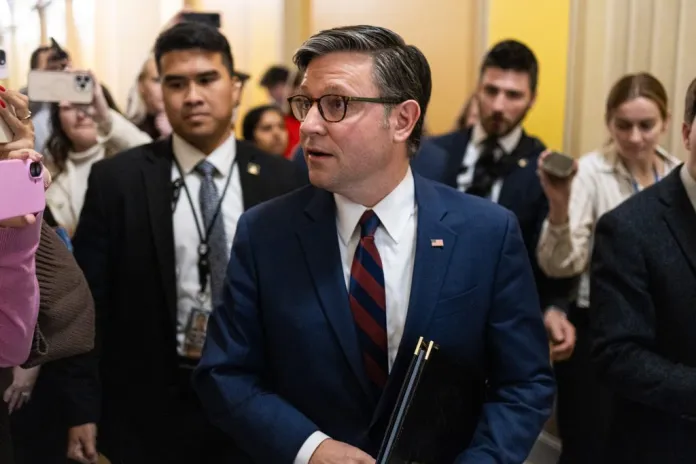6 Reasons Congress Should Resist Expanding Obamacare
The article discusses the current state and implications of the Obamacare open enrollment period, emphasizing key facts about the enhanced subsidies set to expire on December 31. Nearly half of all Exchange enrollees now qualify for zero-dollar premiums due to Biden-era subsidy expansions, a meaningful change from the original 2010 rules where most households paid some premium. However, this policy has led to widespread fraud, with the Congressional Budget Office estimating 2.3 million enrollees fraudulently claiming subsidies, costing taxpayers nearly $14 billion annually; broader research suggests total fraud-related losses could exceed $27 billion per year.
If the enhanced subsidies expire, the federal government will still cover the majority (75-80%) of premiums, and most households would see premium increases averaging less than $100 per month. Those with incomes just above four times the poverty line, however, could face steep premium hikes sence they would lose subsidy eligibility. States that have not expanded Medicaid-primarily red states-experience greater subsidy-related fraud,as residents inflate incomes to qualify for coverage,with federal policies inadvertently encouraging this behavior.
Additionally, the article highlights concerns that continuing these subsidies funds health plans covering procedures some Americans find morally objectionable, such as abortion and transgender medical treatments. Recent regulatory efforts aim to limit such coverage, but state policies in some blue states continue to use Obamacare funds to support controversial services. The author argues that onyl legislative changes can fully prevent taxpayer funding of these procedures, which Democrats currently appear unwilling to pursue. the piece critiques the expansion of subsidies as costly, fraud-prone, and morally contentious.
After a series of scary headlines, prompted in no small part by fearmongering on the left, Obamacare’s open enrollment period is finally upon us. For those individuals about to explore their options on the Exchange, or those who just want to learn more about the issues behind the government shutdown, here are some fast facts about open enrollment and the enhanced Exchange subsidies currently scheduled to expire on Dec. 31.
1. Nearly half of all Exchange enrollees currently qualify for “free” premiums.
Under the original, circa 2010 version of Obamacare, all households had to pay at least 2 percent of their income toward a “benchmark” silver-level insurance plan. In theory, some households could qualify for a “skinnier” bronze-level insurance plan with no out-of-pocket premium (and a higher deductible as a result), but most households paid something for their coverage.
However, the Covid-era enhanced subsidies passed by the Biden administration allowed households with incomes below 150 percent of poverty to qualify for zero-dollar (i.e., “free”) premiums. Perhaps unsurprisingly, households reporting income below this threshold have risen to nearly half (45 percent) of all Exchange enrollees. While the left views this policy outcome as a feature, most taxpayers would likely consider it a bug, for the obvious reason below.
2. CBO and others have found millions of fraudulent enrollees, costing tens of billions of dollars annually.
The Congressional Budget Office found 2.3 million enrollees “improperly claimed [subsidies] via intentional overstatement of income” in 2025, falsely claiming income just above the poverty level to qualify for subsidies. Applying the average Exchange subsidy to this population results in estimated fraudulent spending of $13.9 billion per year.
A separate study from the Paragon Health Institute took a broader look at fraud, examining areas where enrollees have incentives to understate and overstate their income to qualify for the richest subsidies. (Disclosure: While I have done work for Paragon, I had no involvement with this particular report and am writing this article on my own behalf.) This broader examination of Exchange program integrity found 6.4 million potentially fraudulent enrollees in 2025, for which the federal government is paying $27.1 billion this year alone.
3. If the enhanced subsidies expire, the federal government will still pay 75-80 percent of enrollees’ premiums on average.
No, that’s not a typo. A graphic from the leftist think tank KFF (formerly the Kaiser Family Foundation) admits as much.
Without the enhanced subsidies, KFF concluded that the percentage of premiums paid by the federal government last year (the blue bar) would have fallen from 88 percent to “only” about 78 percent. Other organizations have come up with similar results for the upcoming 2026 plan year.
4. Most households will face premium increases of no more than $100 per month if the enhanced subsidies expire.
The graph above also shows this in visual form. The purple bar — the enhanced subsidies, scheduled to expire on Dec. 31 — represents a far smaller amount than the federal subsidy that will continue regardless (the blue bar).
KFF found that the elimination of the enhanced subsidies will cost Exchange enrollees an average of $1,016, or $84.67 monthly. A separate study from the Urban Institute concluded that households with incomes below 250 percent of the poverty level — who receive the richest subsidies and comprise roughly three-quarters of all Exchange enrollees — will pay an average of $750 more per year, or $62.50 monthly.
Keep in mind that these are averages and that math suggests the impact on the median enrollee will be lower. Put simply, a few households that face a $5,000 annual hit will skew the average higher, even if most households face an increase in the $500-$1,000 per year range.
That said, one group faces a large bump in premiums. Reverting to the circa 2010 Obamacare subsidy regime means that households with incomes greater than four times the poverty level will no longer qualify for subsidies. As a result, families with incomes just above that threshold could face significantly higher costs. But only 7 percent of all Exchange enrollees have incomes over the threshold, and the Urban Institute believes the uninsured rate among this group would rise only slightly because they “are more likely to pick up coverage from an employer” and “are more willing to pay the full premium.”
5. Red states are “most hurt” by enhanced subsidies expiration because federal policies have encouraged fraud in their states.
In general, individuals with incomes below the poverty line don’t qualify for Exchange subsidies. In the 10 states (all of them red) that haven’t taken up Obamacare’s Medicaid expansion to able-bodied adults, they won’t qualify for Medicaid either. Individuals in these red states have an incentive to inflate their income because otherwise they won’t qualify for any subsidized coverage.
CBO didn’t say so outright, but the vast majority, if not all, of the 2.3 million fraudulent enrollees it found with reported income just above the poverty level likely came from these 10 red states that have not expanded Medicaid — because in expansion states, individuals with income below poverty will qualify for Medicaid expansion, reducing the incentive to inflate income. Likewise, Paragon found significantly greater potential fraud in red states that did not expand Medicaid and/or use the federal Exchange (i.e., healthcare.gov) rather than their own state-based marketplace.
Stories that attempt to single out lawmakers in states like Florida as being “most hurt” by the enhanced subsidies’ expiration fail to mention first that much of that supposed consequence arises from fraud, and second that federal policies — a skewed incentive structure that encourages people to inflate their incomes and a Biden administration seemingly uninterested in program integrity — created that fraud in the first place.
6. Extending enhanced subsidies would expand taxpayer funding of plans covering procedures many Americans find morally objectionable.
Last but certainly not least, Obamacare subsidies fund plans that cover both abortion and transgender procedures. Right now, taxpayer dollars are directly funding transgender procedures in states such as Colorado, a dynamic the Trump administration hopes to change with a final regulation taking effect Jan. 1 that eliminates “specified sex-trait modification procedures” from Obamacare’s essential health benefits.
But even if that regulation takes effect next year after a legal challenge from blue states, it will not stop funds from going to activities Americans find objectionable. Maryland is raiding dollars paid by plan enrollees to fund the abortion tourism industry and encouraging other blue states to do the same. And California’s new “cultural competency training” law requires insurers and other medical personnel to partake in what amounts to political indoctrination by transgender activists — paid for by taxpayer funds in the form of Obamacare subsidy dollars.
Only statutory changes to the Obamacare subsidy regime can fully prevent taxpayer dollars from funding plans covering abortion or transgender procedures, and Democrats have no interest in passing such changes anytime soon. It’s just one of many reasons not to continue this major expansion of the welfare state.
Chris Jacobs is founder and CEO of Juniper Research Group and author of the book “The Case Against Single Payer.” He is on Twitter: @chrisjacobsHC.
" Conservative News Daily does not always share or support the views and opinions expressed here; they are just those of the writer."




